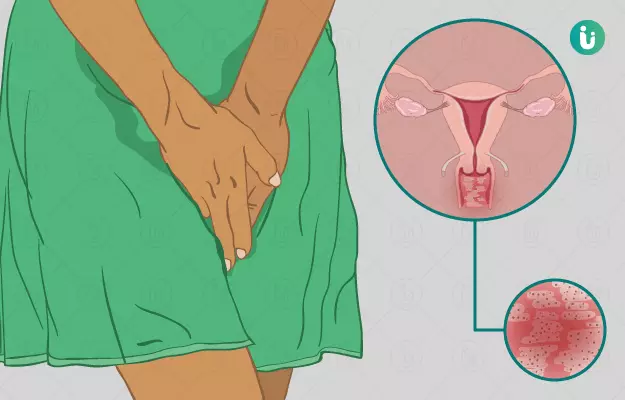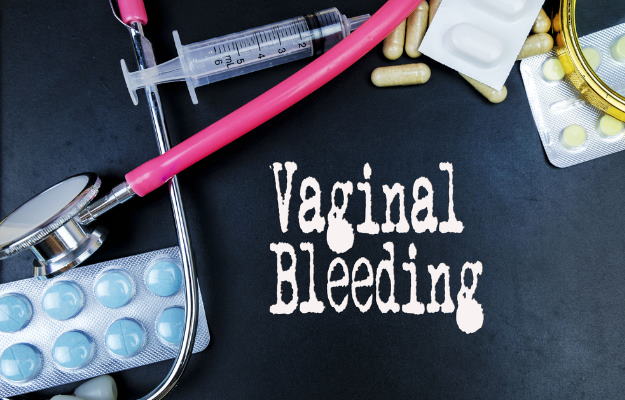Women are prone to experiencing problems like burning, itching and irritation in the vagina. Since it is one of the most sensitive parts of the body, it is important to understand the causes of vaginal problems and address them immediately. Burning can be caused due to exposure to irritants and chemicals, infections contracted through bacteria, yeast or transmitted sexually, UTIs or menopause. Common symptoms associated with vaginal burning include pain, redness or tenderness, discharge, abnormal bleeding and an unpleasant odour. The symptom is typically diagnosed for the underlying condition using a pelvic examination and blood or imaging tests to examine for other diseases.
Treatment for burning sensation in the vagina may include medications for infections, hormonal therapy, and simple self-care techniques that can bring relief. Improved sanitary care forms the basis for the prevention of the condition, including the use of non-scented products, washing the vagina gently, avoiding synthetic clothing and drinking plenty of water.
The possible risks associated with burning in the vagina include increased chances of contracting HIV, passing of infection to the baby in pregnant women and complications of contracting a sexually transmitted disease (STD).
(Read more: Tips on keeping your vagina healthy)











































